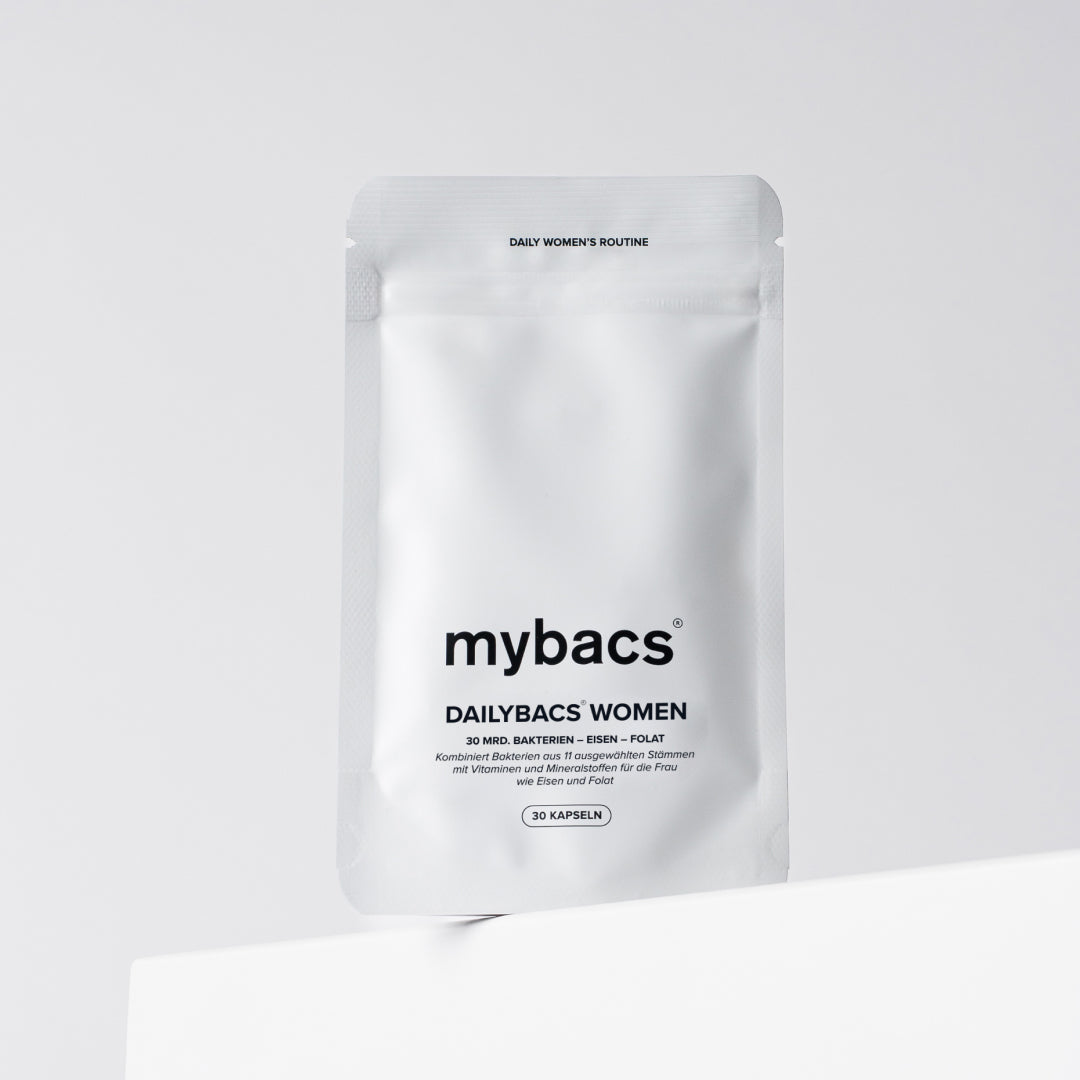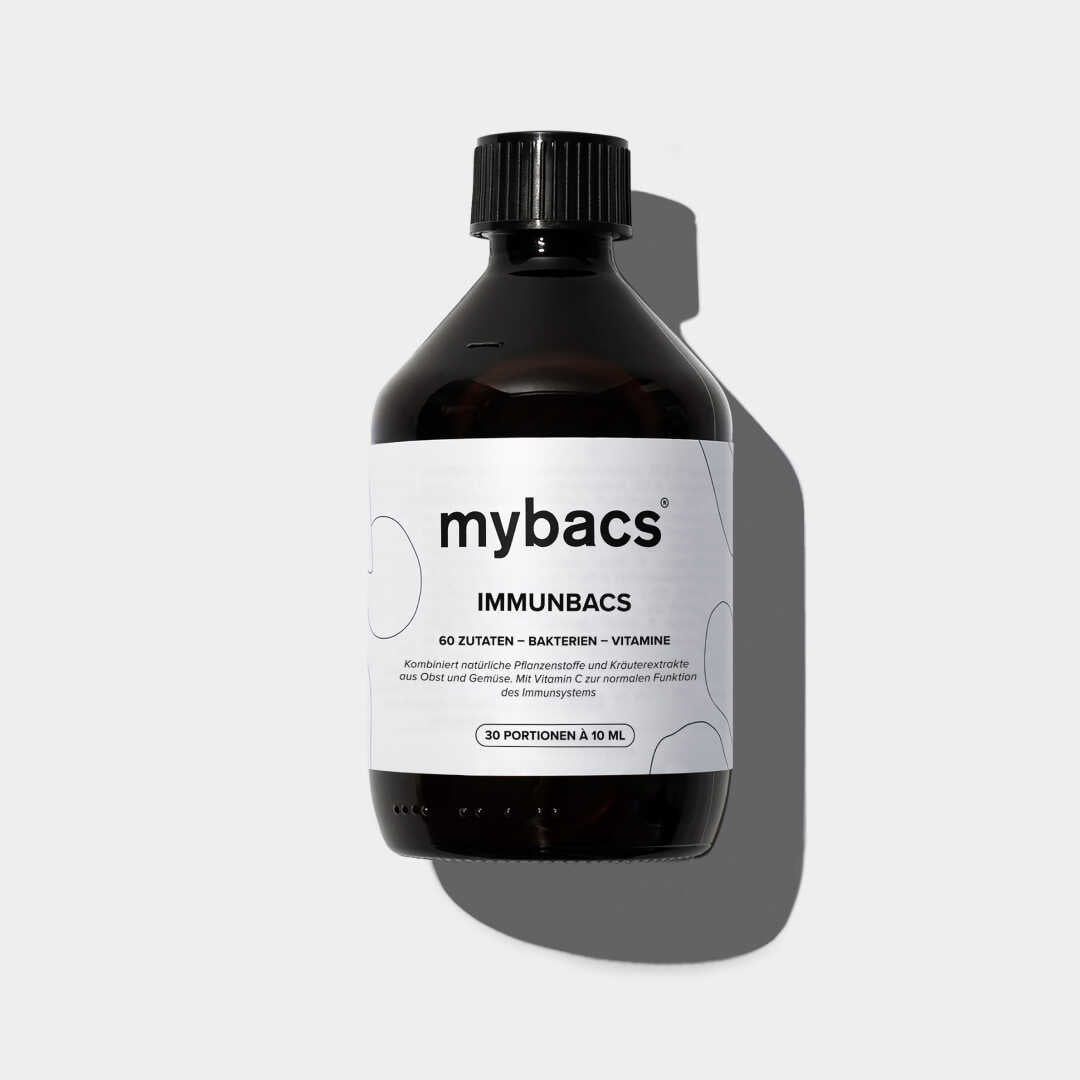In this blog article, you will learn what you need to know about neurodermatitis (also called atopic dermatitis).
Atopic dermatitis is a chronic skin condition characterized by dry, irritated, intensely itchy, scaly, and inflamed skin. The condition is one of the most common skin diseases in Germany and often begins in childhood. In adults, atopic dermatitis occurs primarily on the flexor surfaces of the arms and legs, as well as on the neck and hands.
Who is affected?
Studies have shown that young children are most commonly affected. While the disease is roughly equally distributed among girls and boys among five- to nine-year-olds, this changes significantly after the age of 10. After the age of 10, women are more frequently affected than men. However, the symptoms do not differ.
What are the symptoms?
However, symptoms can vary in severity from person to person. Some people experience occasional flare-ups of eczema symptoms, while others suffer from them almost constantly. Depending on the severity and location of the symptoms, eczema can impact quality of life to varying degrees. Treatment can help control symptoms. For many people, the condition improves by adulthood, but for some, it can last a lifetime. Symptoms can be controlled with a combination of medication, skincare products, and avoiding triggers. Early diagnosis and treatment can help reduce the severity of symptoms and improve quality of life.
What causes atopic dermatitis?
The causes of atopic dermatitis are not yet fully understood, but it is believed that a combination of genetic and environmental factors plays a role. A key role is played by a compromised barrier function of the skin and the genetic predisposition of the immune system to overreact to harmless environmental stimuli. In addition to heredity, allergies are also known risk factors. Approximately two-thirds of those affected have an allergic form of the disease. They often experience more severe symptoms, more frequently hay fever or allergic asthma. Possible factors that can also contribute to atopic dermatitis include moisture loss in the skin, metabolic disorders, stress, and other psychological stresses. Indeed, the disease and its symptoms are interrelated with psychological well-being. Stress can worsen atopic dermatitis, but conversely, the symptoms, especially nighttime itching, are psychologically stressful. It is important to note that each person can react differently to the triggers.
Along with food allergies, allergic asthma and allergic rhinitis, neurodermatitis is one of the atopic diseases.
Atopic diseases are a group of chronic diseases caused by an overactive reaction of the immune system to certain stimuli or allergens.
Why the intestine can also be the trigger
In addition to the causes mentioned above, it has also been discovered that the development of atopic dermatitis is not only linked to the skin microbiome, but also to the intestinal microbiome.For example, studies have shown that children with low bacterial diversity in their gut were more likely to develop atopic dermatitis. This proven connection between the gut and atopic dermatitis is referred to as the "gut-skin axis." It has been shown that a healthy gut flora and an intact intestinal barrier are important for regulating the immune system and preventing inflammation. Disturbed gut flora and a damaged intestinal barrier can increase the risk of atopic dermatitis. It is suspected that certain microorganisms in the gut are underrepresented in atopic dermatitis patients compared to healthy individuals, while others may be disproportionately present.
How atopic dermatitis changes the skin microbiome
The skin is the largest organ in the human body and has many important functions, including protection, regulation of body temperature, absorption of sensory stimuli, and secretion of sweat. The skin microbiome refers to the totality of all microorganisms, including bacteria, fungi, and viruses, that live on the skin of a human or animal. These microbes live in a dynamic ecosystem on the skin and play an important role in regulating skin health and the protective mechanism against harmful microbes. A balance in the skin microbiome is crucial for healthy skin, while a change in the microbial population on the skin can lead to skin problems such as eczema or infections. In some skin diseases, this balance can be disrupted, causing inflammation and eczema flare-ups. For example, in atopic dermatitis, microbiomes are more common. Staphylococcus aureus compared to people with healthy skin.
Deep Dive: Bacterial strain Staphylococcus aureus
Staphylococcus aureus is a common pathogen that occurs in the skin layers and can play a role in the development of atopic dermatitis. Studies have shown that people with atopic dermatitis have a higher number of Staphylococcus aureus on their skin than healthy people. Staphylococcus aureus can cause inflammation and disrupt the function of the skin barrier, which can contribute to the worsening of atopic dermatitis symptoms. In some cases, treatment of Staphylococcus aureus an improvement in the symptoms of atopic dermatitis. However, it is important to note that not all people with atopic dermatitis Staphylococcus aureusinfection, and that there are other factors that may play a role in the development and progression of atopic dermatitis, including genetic factors, environmental exposure, and a disrupted gut-skin axis.
New solution: A healthy intestinal flora
An unhealthy diet rich in refined carbohydrates, sugar, and processed foods can lead to dysbiosis (disturbance of the microbiome) in the gut and thus also influence the occurrence of atopic dermatitis.
A balanced diet rich in fiber, fresh fruits, and vegetables can improve the gut microbiome and help reduce atopic dermatitis. Recent studies also show that probiotic supplements can support the gut microbiome. Probiotics contribute to improving the gut environment, balancing immune responses, and regulating metabolic activity.
In this context, we developed our Dermabacs® – a synbiotic that can also specifically target atopic dermatitis. Want to learn more? Then click here and discover Dermabacs®!






